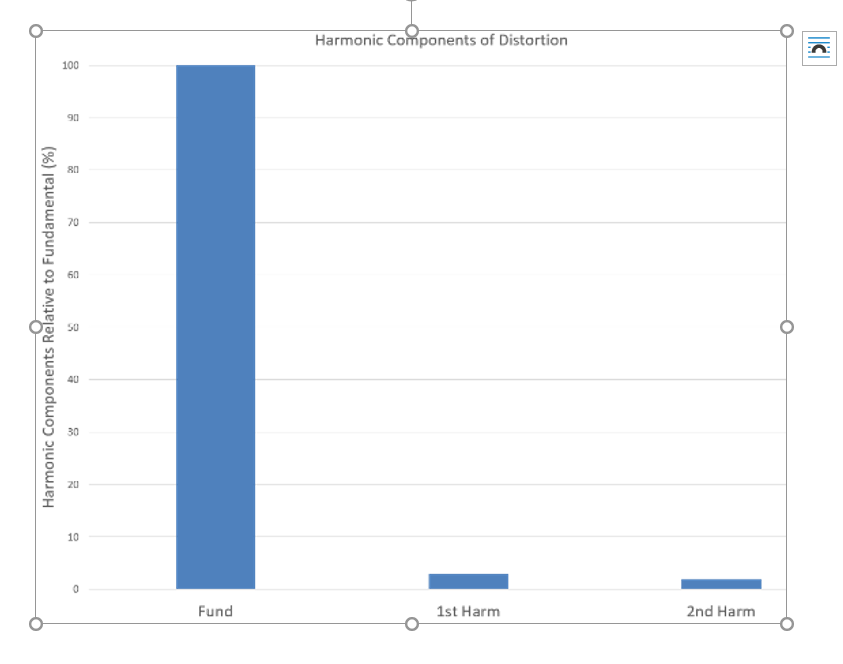How can we help you?
Total Harmonic Distortion (THD)
- May 13, 2019
- Loudspeakers
What is Total Harmonic Distortion or THD, for short? When making acoustic measurements, the premise is to use a pure sine wave excitation over a range of frequencies and measure the output of the device (e.g. loudspeaker, microphone) to compare it with the input.

In an ideal world, the output, at any given input frequency, would be a simple sine wave. But we don’t live in an ideal world and what we get is a periodic signal that looks, more or less, like a pure sine wave but exhibits slight distortion due to additional components introduced by the device being tested.

Any periodic signal can be reproduced by adding pure sine wave components of different frequencies. Alternatively, a periodic signal can be analysed, mathematically, with a Fast Fourier Transform (FFT) to determine its sine wave components. In acoustic measurements, the distortion is dominated by sine waves with frequencies that are integer multiples of the original sine wave excitation. These integer multiples are referred to as harmonic frequencies. There will be a sine wave component with the original excitation frequency. This is referred to as the fundamental frequency. Along with the fundamental are sine waves with twice this frequency (1st harmonic), thrice the frequency (2nd harmonic), and so on.

The greatest contribution to this harmonic distortion comes from the 1st and 2nd harmonics. And the total harmonic distortion (THD) is a measure of the relative contribution of these harmonic sine waves to the devices overall output. We calculate this value with the formula:

This ratio is expressed as a percentage (by multiplying ´100). THD can be measured at a nominal excitation frequency or over a range of frequencies. The THD rating of the device is the maximum value expected at this nominal frequency or frequency range.

 Log In
Log In Register
Register Favorites
Favorites